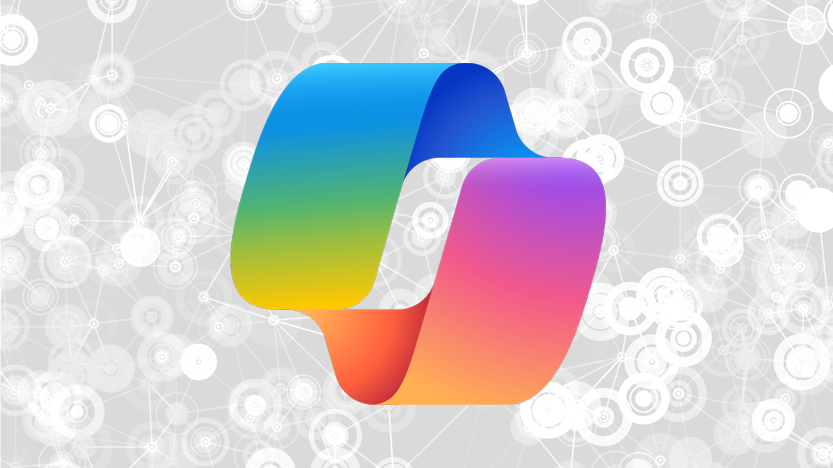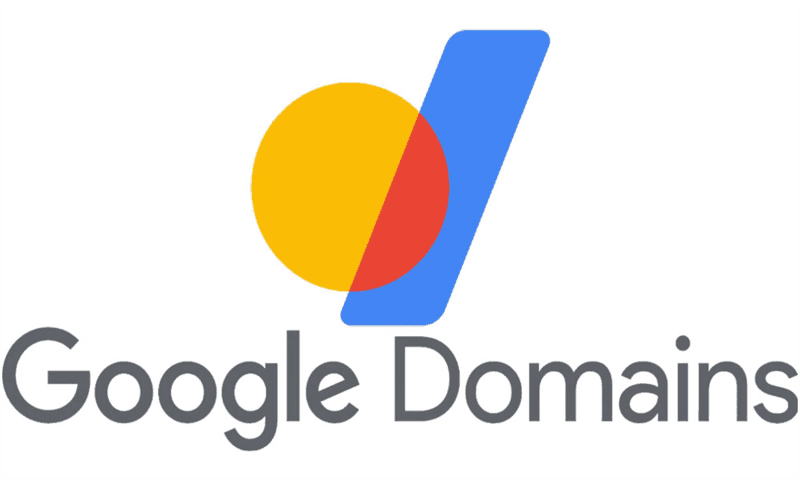
Using a Managed Service Provider (MSP): Enhancing Security and Reducing Liability
Businesses rely heavily on their IT infrastructure to keep operations running smoothly and efficiently. While traditional break-fix IT support may have been sufficient in the past, it is no longer the optimal solution for modern businesses. Instead, partnering with a Managed Service Provider (MSP) offers numerous benefits, particularly in enhancing security and reducing liability.
Proactive Security Measures
One of the primary advantages of using an MSP is the proactive approach to IT security. Unlike the break-fix model, which reacts to issues as they arise, MSPs continuously monitor your IT systems to identify and resolve potential security threats before they cause significant disruptions. This proactive approach helps to protect your business from cyberattacks, data breaches, and other security incidents that could lead to financial losses and reputational damage.
Comprehensive Risk Management
MSPs offer comprehensive risk management services that help to identify and mitigate potential security vulnerabilities within your IT infrastructure. By conducting regular security assessments, vulnerability scans, and penetration tests, MSPs can uncover weaknesses and implement measures to address them. This thorough risk management approach helps to minimize the likelihood of security breaches and reduces your liability in the event of an incident.
Regulatory Compliance and Data Protection
Many industries are subject to strict regulatory requirements and data protection laws. MSPs have the expertise to ensure that your business complies with these regulations, reducing the risk of costly fines and legal repercussions. By implementing robust security protocols and data protection measures, MSPs help to safeguard sensitive information and ensure that your business remains in compliance with industry standards.
Incident Response and Recovery
In the event of a security incident, a swift and effective response is crucial to minimizing damage and reducing liability. MSPs provide comprehensive incident response services, including threat detection, containment, eradication, and recovery. By having a well-defined incident response plan in place, MSPs can quickly address security incidents and restore normal operations, minimizing the impact on your business and reducing potential liabilities.
Employee Training and Awareness
Human error is a common cause of security breaches, making employee training and awareness essential components of a robust security strategy. MSPs offer training programs to educate your staff on best practices for cybersecurity, such as recognizing phishing attempts, using strong passwords, and following data protection protocols. By fostering a culture of security awareness, MSPs help to reduce the risk of human-related security incidents and associated liabilities.
Advanced Security Technologies
MSPs stay up-to-date with the latest advancements in cybersecurity technologies, providing your business with cutting-edge solutions to enhance your security posture. From advanced threat detection and prevention systems to secure cloud services and encryption technologies, MSPs leverage the best tools available to protect your IT infrastructure. By implementing these advanced security measures, MSPs help to reduce the risk of security breaches and associated liabilities.
Focus on Core Business Functions
Managing IT security can be time-consuming and distracting, taking valuable resources away from your core business functions. By outsourcing your IT security management to an MSP, you can focus on what you do best – running your business. MSPs handle all aspects of your IT security, from routine maintenance to complex incident response, allowing you to concentrate on growing your company and achieving your strategic goals.
Ready to take your IT security to the next level? Contact us today to learn more about how our managed services can help your business succeed.








